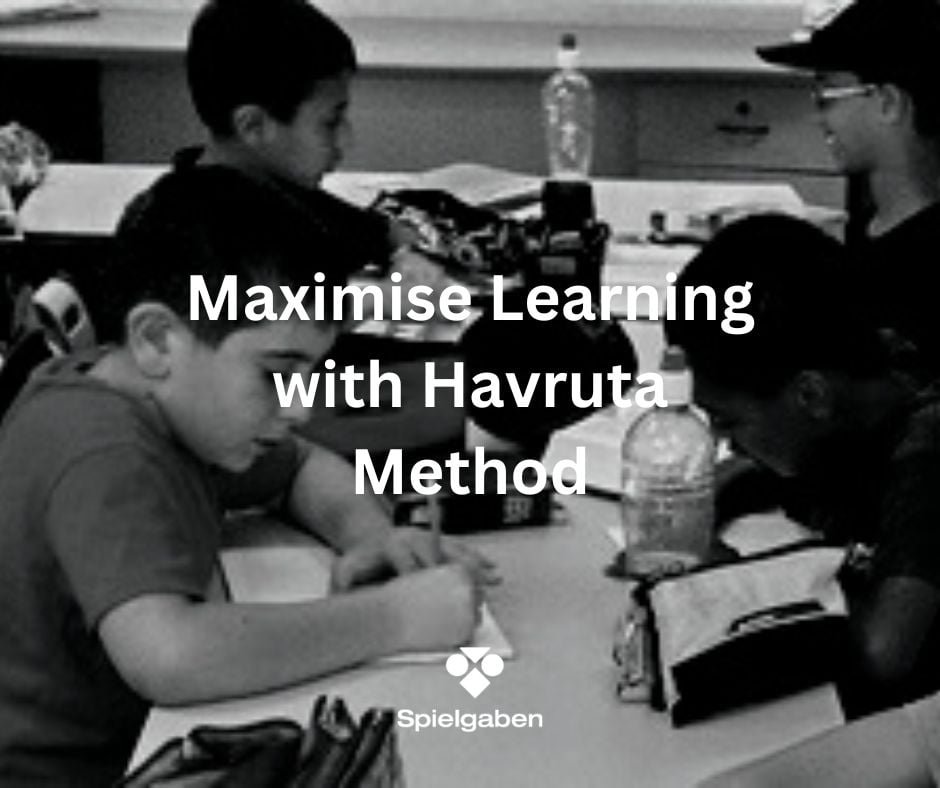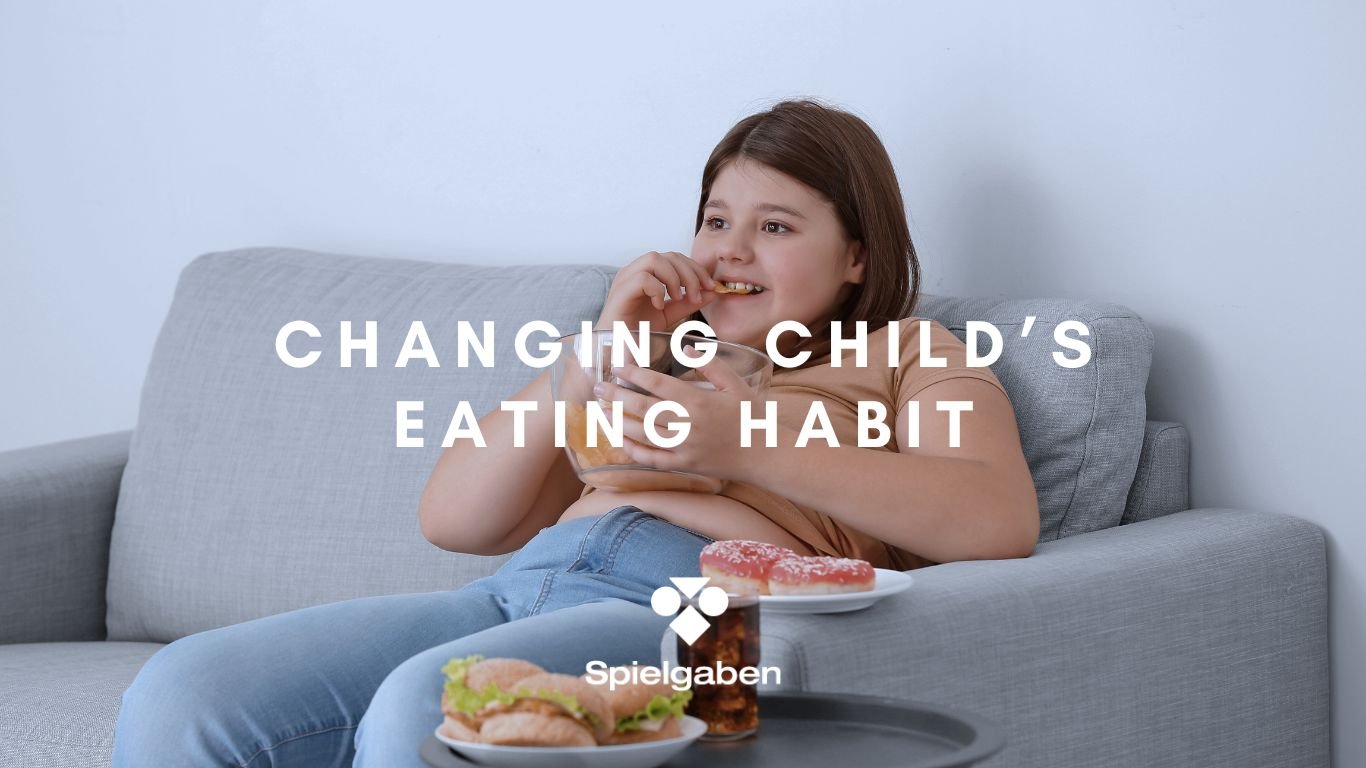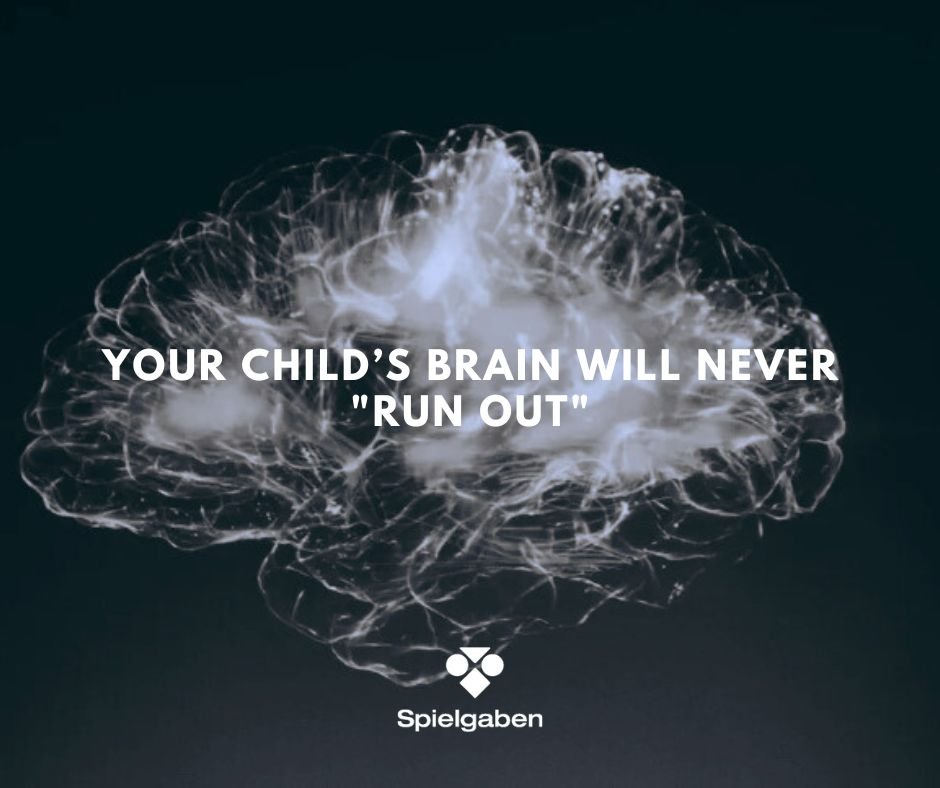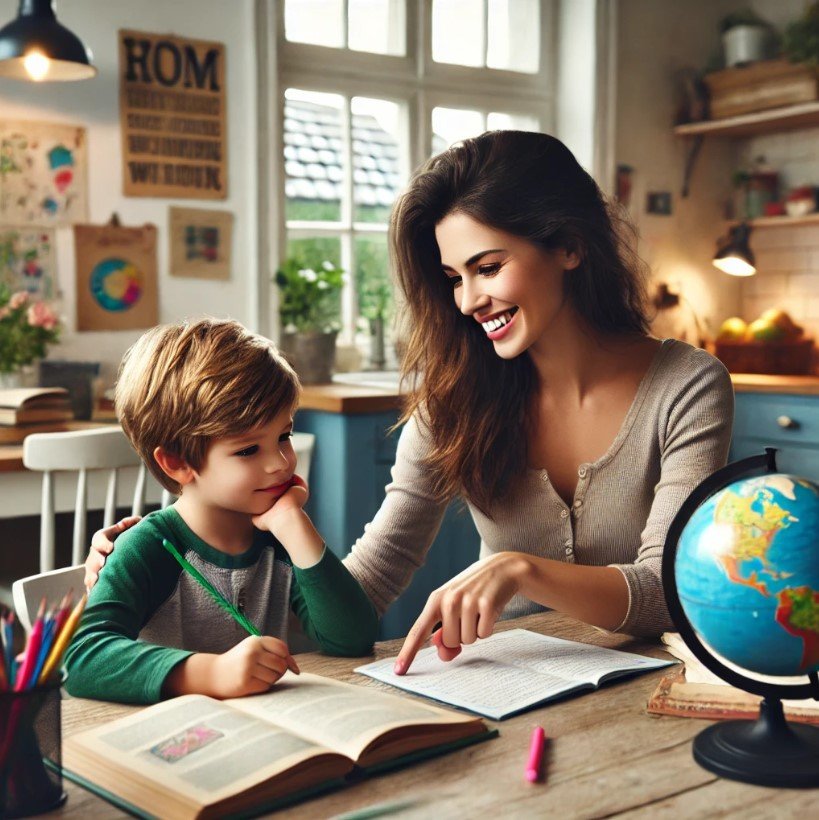Maximise Your Child’s Learning with the Havruta Method
First of all, why there are remarkable success of Nobel Prize winners from the Jewish community in particular?
Jews make up a very small percentage of the global population. Estimates suggest that Jews constitute less than 0.2% of the world’s population (as of year 2022).
However, Jews have won approximately 20-25% of all Nobel Prizes awarded since the inception of the awards in 1901. Jews have made significant contributions to scientific research, innovation, and scholarship. This remarkable success in academic achievement is very noteworthy.
Does Jews have higher IQ than others? There is no scientific consensus supporting that Jews have any higher IQ than others.
Then, what makes them so successful in various academic fields such as Physics, Chemistry, Medicine, and Economics?
There can be various factors but one thing that makes real sense is the education method called, the Havruta Method they have been developed and applied in early childhood learning for centuries.
What is Havruta Learning Method after all?
Havruta, also spelled chavruta or chavrusa, is a traditional Jewish method of studying the Talmud. In a Havruta, two students study a text together, engaging in discussion, debate, and analysis of the material. The word “Havruta” comes from Aramaic and means “friendship” or “companionship,” emphasizing the collaborative nature of the study partnership.
In Havruta study, each partner takes turns reading passages aloud while the other listens attentively. They then discuss the meaning, interpretation, and implications of the text, often challenging each other’s understanding and exploring various viewpoints.
While the Havruta method is deeply rooted in Jewish educational traditions, its benefits extend far beyond religious texts. By fostering critical thinking, promoting deep understanding, building resilience, nurturing collaborative skills, and cultivating a culture of excellence together, Havruta study empowers Jewish children to excel in their early learning and lay the groundwork for future achievements, including Nobel Prize recognition.
Here’s how Havruta method can contribute to early learning & beyond:
1) Fostering Critical Thinking Skills
The Havruta method emphasizes rigorous discussion, debate, and analysis of texts. From a young age, Jewish children engaged in Havruta study are encouraged to question, challenge, and critically evaluate ideas. This cultivates strong critical thinking skills, enabling them to approach complex problems with analytical rigor—a quality essential for scientific inquiry and innovation.
2) Promoting Deep Understanding
Through collaborative study and dialogue, Havruta partners explore texts in-depth, dissecting complex concepts and uncovering deeper layers of meaning. This process fosters a profound understanding of the material that would be hard to reach by studying alone.
3) Encouraging Intellectual Curiosity
Havruta study nurtures intellectual curiosity and a thirst for knowledge by studying and discussing together. Jewish children learn to approach learning as a lifelong pursuit, driven by a genuine interest in exploring ideas and seeking truth. This curiosity often leads to a passion for discovery and innovation.
4) Building Resilience and Perseverance
Havruta learning is not just about mastering content; it’s also about developing resilience and perseverance in the face of challenges. Jewish children learn to navigate complex texts, grapple with difficult concepts, and overcome intellectual obstacles with determination and grit. This resilience serves them well in their academic pursuits.
5) Nurturing Collaborative Skills
This is probably the single biggest benefit of Havruta study and it fosters collaboration, cooperation, and communication skills. Jewish children learn to work effectively with others, respect different perspectives, and contribute meaningfully to group discussions. These collaborative skills are invaluable in scientific research, where teamwork and interdisciplinary collaboration are often key to solving complex problems.
6) Cultivating a Culture of Excellence
Within Jewish culture, there is a strong emphasis on education, scholarship, and intellectual achievement. The Havruta method embodies this cultural value, providing Jewish children with a time-honored approach to learning that emphasizes excellence, diligence, and the pursuit of knowledge. This cultural reinforcement motivates Jewish individuals to strive for academic success and pursue excellence in their chosen fields.
Now, we understand the strong benefit of this Havruta Study Method. How we as normal non-Jewish parents can apply this method for our children’s benefit?
Here are 6 steps to apply the Havruta Method in our home.
Step #1) Select Suitable Materials
Consider your child’s interests, learning goals, and academic level when choosing materials for Havruta study. For younger children, you might select age-appropriate storybooks or educational articles. Older children would benefit from school textbooks, historical documents, scientific papers, or math area that your child is struggling with.
For example, if your child is interested in animals, you could choose a book about different species and their habitats. For older children, you might select an article about animal behavior or a scientific study on conservation efforts.
Step #2) Create a Supportive Environment
Dedicate a specific time and place for the Havruta study method where distractions are minimized. Create a cozy reading corner with comfortable seating, good lighting, and access to necessary materials so both children can study together without many distractions and interruptions.
At the initial stage, you can set aside 30 minutes after dinner each evening for Havruta study in the living room. You can provide snacks and beverages to make the environment more inviting and conducive to learning.
Step #3) Pair Children Thoughtfully
If you have multiple children then you are in an ideal situation so they can group and conduct Havruta Study method. If you have only a single child, then do not worry. You can ask your neighbors or friends who also have a single child and group them together and they will also love this idea because it will not only benefit your child but theirs, too.
Consider each child’s strengths, weaknesses, and personalities when pairing them for Havruta study. Aim for balanced partnerships where each child can support and challenge their study partner.
Example: If one child struggles with reading comprehension but excels in math, pair them with a sibling or friend who has strong reading skills but could benefit from extra math practice.
Step #4) Facilitate Meaningful Discussions
Encourage children to take turns reading aloud and discussing the material together. Ask open-ended questions that require critical thinking and encourage deeper exploration of the text.
Example: After reading a chapter from a history book, ask questions like, “Why do you think the main character made that decision?” or “What do you predict will happen next based on the information we’ve read so far?”
Step #5) Encourage Active Listening and Participation
Teach children active listening skills, such as making eye contact, nodding in agreement, and asking clarifying questions. Encourage them to take turns speaking and to respect each other’s opinions.
Example: Remind children to paraphrase their partner’s ideas to ensure they understand them correctly. Encourage them to ask follow-up questions to deepen their understanding of the material.
Step #6) Reflect and Evaluate
After each Havruta session, encourage children to reflect on their learning experience and evaluate their progress. Discuss what they learned, any challenges they faced, and strategies for improvement.
Example: Ask questions like, “What was the most interesting thing you learned today?” or “What could we do differently next time to make our study sessions more effective?” Encourage children to set goals for their next study session based on their reflections.
By following these steps, we can effectively apply the Havruta method to help our children’s learning at home. Through collaborative study, meaningful discussions, and active engagement with academic material, children can develop essential skills and a lifelong love of learning which will be vital for their future careers.
Please apply these steps and let us know how it goes. We would love to hear your progress.
Happy Parenting~













LEAVE A COMMENT